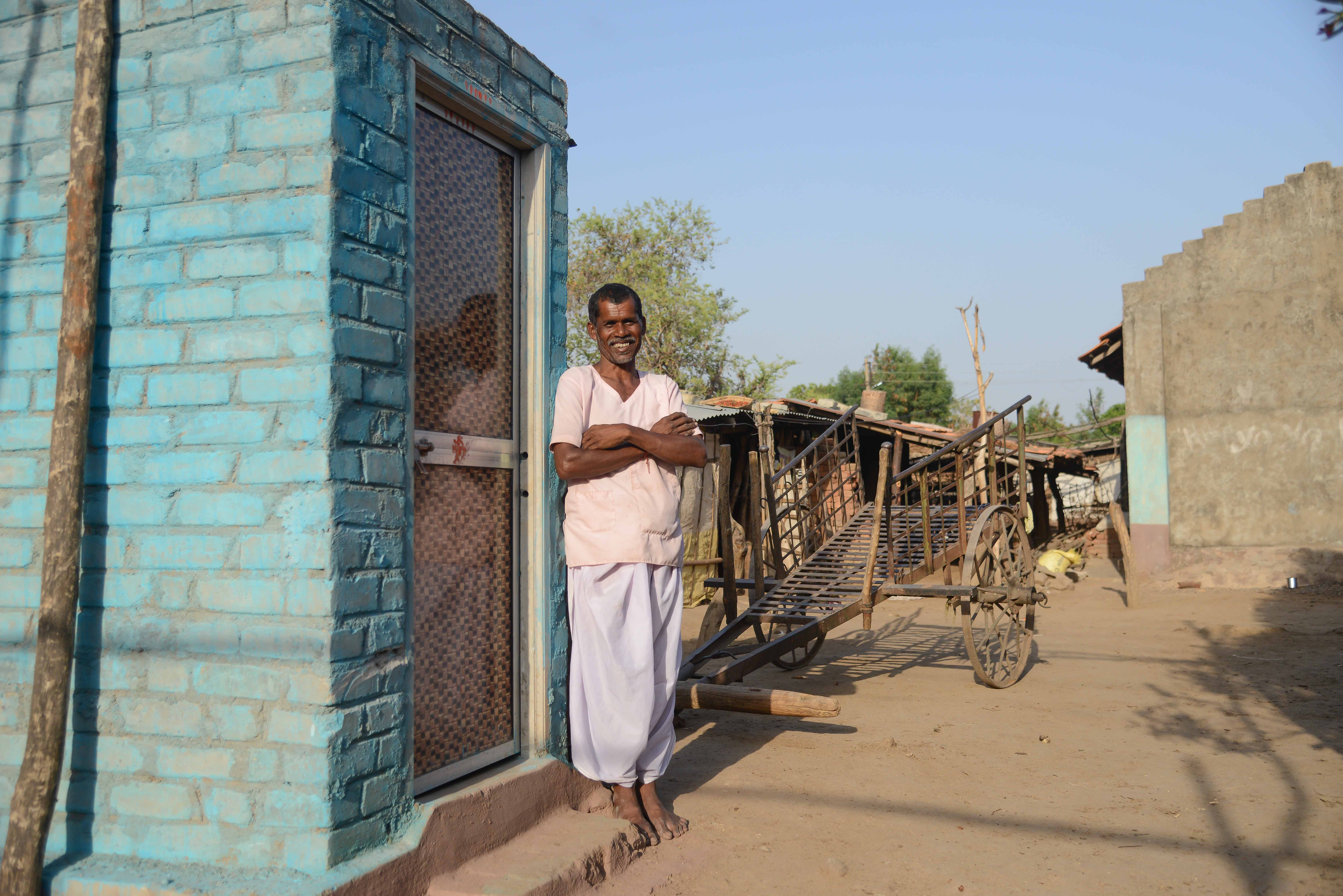The Swacch Bharat Mission was undoubtedly the biggest public health, behaviour change campaign in the world, with the Government undertaking the gargantuan task of making India Open Defecation Free. Whilst a lot of hurdles remain, the impacts are clear - *110 million household and public toilets were built in just 5 years and the World Health Organization (WHO) estimated that over 300,000 lives were saved as a result of fewer cases of diarrhea.
But whilst the numbers definitely highlight the success of SBM in certain aspects like establishing infrastructure, it is still unclear how this has impacted community and individual behaviour. How well are people maintaining toilets? How hygienic are the facilities? Is there sustainable provision for water and handwashing? Are all members of the family actually using it?
As part of its Health program, Ambuja Cement Foundation had made Sanitation a strategic priority long before Swacch Bharat was launched, but kickstarted a sanitation drive in a big way across locations after the announcement of Swacch Bharat Mission by the Government of India in 2014. Today, as Swaach Bharat 2.0 is underway, ACF continues to align its objectives with Government priorities and has empowered community members to play a monitoring role to ensure long-term sustainability.
So where do we stand in terms of data and how are our villages faring when it comes to open defecation, toilet coverage, and waste management?
Brajesh Singh Tomar, Deputy General Manager at ACF said “Between October 2014 and March 2021, a total of 37,116 toilets were constructed in ACF villages and 157 (out of 206) villages were declared Open Defecation Free with the rest attain 75-80% coverage. It’s been a comprehensive effort, and whilst there is still work to be done, a lot has been accomplished in terms of empowering communities, reinforcing behaviour change and creating mechanisms for support, to ensure our villages have good sanitation, and good health as a result.”
Taking a Holistic, Multi-Pronged Approach
Much of the focus of ACF has been in acting as an enabler – to empower communities to drive their own sanitation effort. “It all started by capacity building of our own team members on community-led sanitation and sensitising the community on the issue, including the Panchayat, key leaders – in particular women - and schools” Brajesh said.
“We also played a key role in helping mobilise resources for toilet construction under SBM for the community to tap into and offset costs of toilet construction. Additionally, there were many needy families who required financial support or loans through SHGs, and we helped facilitate that,” he said.
“In Chandrapur and Kodinar, we have mobilised resources from partner organisations to set up revolving funds so that families could take low-cost loans, and converge with Government Subsidy, to build their toilets. It was a great success.”
“There was a need to demonstrate the right technology and toilet models that would be low cost, effective and sturdy for long life.” He said. “And there has also been a focus on constructing toilets in schools across locations and to date 248 toilet blocks for boys/girls have been built or repaired in 180 schools.”
But ACF’s work did not stop there. To ensure true community impact, a big focus has also been placed on monitoring and following up to ensure sustained behaviour change. “To drive this, we worked with the community, Women’s Self Help Groups, Village Development Committees and Gram Panchayats and trained them to follow up and monitor the use of toilets.” Brajesh said.
“In this way, we are ensuring real change on the ground, and that sanitation is being addressed, well after mere toilets have been built.” He said.

*According to the WHO, unsafe sanitation caused an estimated 199 million cases of diarrhoea annually before the start of the SBM in 2014. These have been gradually reducing, and will almost be eliminated when universal use of safe sanitation facilities is achieved. Additionally, more than 14 million Disability-Adjusted Life Years (DALYs) are estimated to have been avoided (diarrhoea and protein-energy malnutrition) between 2014 and October 2019.
The Big Picture
In just five years, India has gone from being responsible for well over half of the world’s open defection burden to becoming the global leader in rural sanitation. This movement has had a tremendous impact on the global advancement towards SDG-6. In fact the global burden of open defecation has been reduced by more than half thanks to India, according to the Department of Drinking Water and Sanitation, Ministry of Jal Shakti.
To ensure that open defecation-free behaviours are sustained, and that solid and liquid waste management facilities are accessible, Phase II of the Swacch Bharat Mission (DF-Plus) reinforces ODF behaviours and focuses on providing interventions for the safe management of solid and liquid waste in villages.
ACF too has broadened its focus to solid and liquid waste management practices, which includes safe community waste-water disposal, covering of open drains, waste disposal ponds, grey water recharge pits and demonstration of solid waste management.
In this way, ACF is helping keep communities healthy and strong, so that they can continue to earn, learn and prosper.
*Source:
https://www.who.int/india/news/detail/27-07-2018-health-gains-from-the-swachh-bharat-initiative


.jpg)




0 Comment